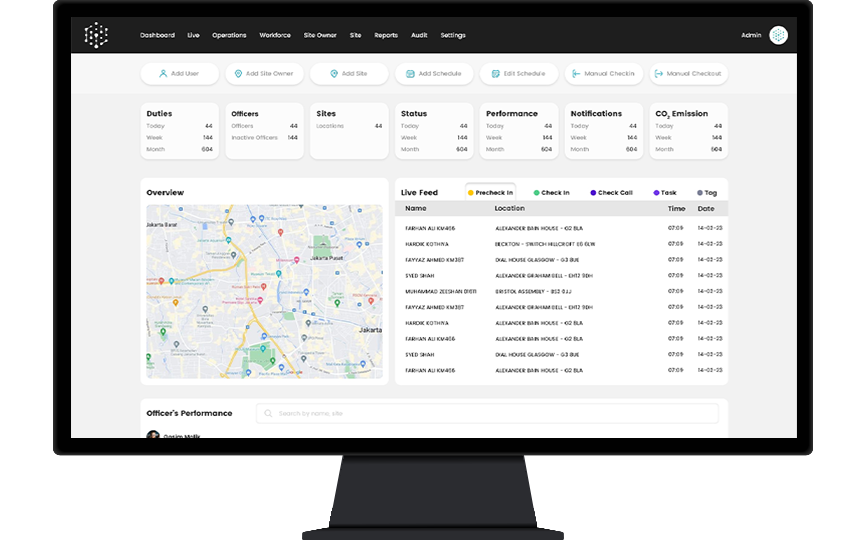Importance of Effective Scheduling for Small Business
While running a small business, one of the top concerns is to increase efficiencies while decreasing costs. What you may not realize is that you may achieve both of those objectives more successfully with a single simple tool. Employee scheduling is critical in any work setting, particularly those with smaller workforces. We’ll look at the necessity of scheduling, as well as some strategies for making your employee schedules more successful.
What is Employee Scheduling?
Employee scheduling is the process of assessing a company’s labor demands and filling in people to meet those needs. Because people aren’t always available, scheduling frequently necessitates real-time alterations. Employees may call in ill or need to switch shifts before starting, so having a mechanism to meet those demands is critical to keeping your business running effectively.
Manual Scheduling
Manual scheduling was previously the only option. Managers and business owners were required to build schedules with varied shifts and slot personnel into each shift, much like a puzzle. Whenever an employee needed to switch shifts or take a day off, it required more manual labor. Given that the average person has 56 interruptions at work every day, it’s simple to understand how scheduling errors can cause considerable disruptions.
Automated Scheduling
Employees and managers can increase productivity by focusing on the tasks at hand by replacing human scheduling procedures with automation. An automatic scheduling tool is a game changer for any size organization, and it is well worth exploring for yours. Consider some of the advantages of adopting more effective scheduling procedures.
Why Effective Scheduling Matters to Your Business?
You might be wondering if employee scheduling is truly required for your small firm. Here are five reasons why it’s essential.
Improved Productivity and Efficiency
With a precise calendar in place, keeping track of what you need to run your business becomes lot easier. From a single location, you can distribute jobs, ensuring staff are in the right place at the right time, and even monitor crucial workforce information.
Easier Prioritization of Tasks
When you schedule your staff to work at specified times, you can priorities the tasks that must be completed throughout each shift. As a business owner or manager, you can concentrate on project management and business expansion.
Enhanced Workforce Management
Managing a workforce is an important aspect of running a successful business. Yet, issues such as overstaffing and understaffing make it difficult to meet the expectations of clients. You can increase or decrease personnel levels based on business needs with a more effective approach to employee scheduling. It’s also easy to track earlier data, which helps to limit the danger of costly overtime for a small business.
Simplified Shift Tracking and Changing
A scheduling tool is useful not just for corporate leaders, but also for employees. When members of your team need to know when they’ll be working, they may readily access the schedule to see a breakdown of their future shifts.
This resource enables your team members to plan ahead of time and make any necessary changes. For example, if something comes up and an employee needs to swap shifts, an automated application can make the process more smoother, because all employees have access to the information and can claim the open shift.
Capacity for Predictive Scheduling
Predictive scheduling legislation has taken effect in states and localities around the country. They require businesses to follow strict laws for employee scheduling that is reliable and equitable. Furthermore, employing predictive scheduling can lead to a more cohesive workforce in which people are engaged and content with their jobs. Poor scheduling techniques, on the other hand, tend to produce anger and irritation among employees, which can lead to increased turnover and a drop in business morale.
An successful employee schedule prioritizes having the appropriate people in the right place at the right time. You may also empower your employees and deliver better service to your consumers by implementing the correct scheduling system. In contrast, the effects of inefficient scheduling can devastate a company’s performance.


















